Lawn and Garden
-

This publication is devoted specifically to covering everything you need to know about growing herbaceous perennials, primarily to those that persist from crowns and/or fleshy roots.
Bodie V. Pennisi
|
-
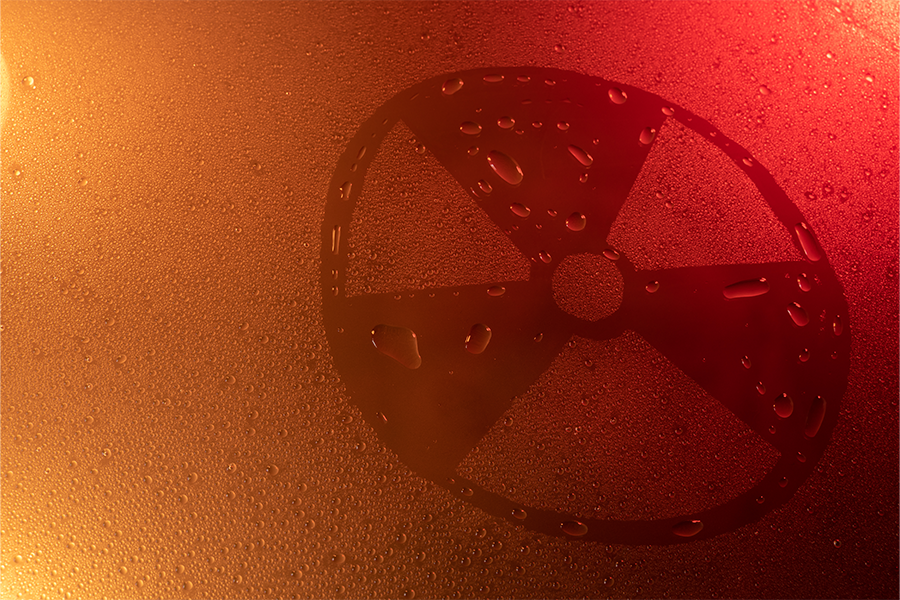
C 858-14
Uranium in Your Water
Uranium in your drinking water may be harmful to your health. If your water comes from a public system, it is routinely tested to ensure safe levels of uranium. If your source of household water is a private well, cistern or spring, you are solely responsible for the quality of your own drinking water. Private well owners are encouraged to monitor uranium through water testing.
Uttam K. Saha
|
-
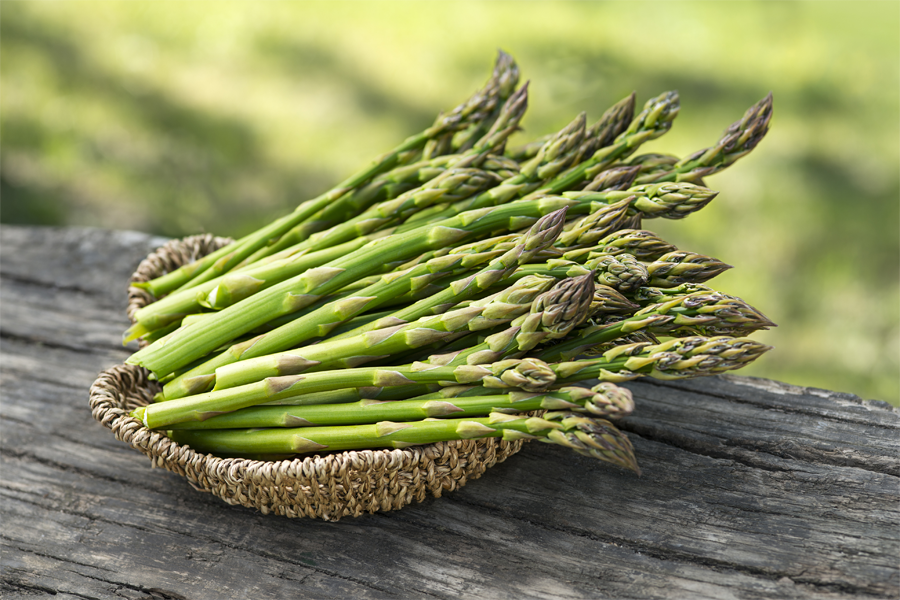
C 1026
Home Garden Asparagus
For gardeners who are willing to put in a little effort and have some patience, asparagus can be a rewarding and delicious vegetable to grow. This publication explains how to grow asparagus in a home vegetable garden.
Bob Westerfield and Malgorzata Florkowska
|
-
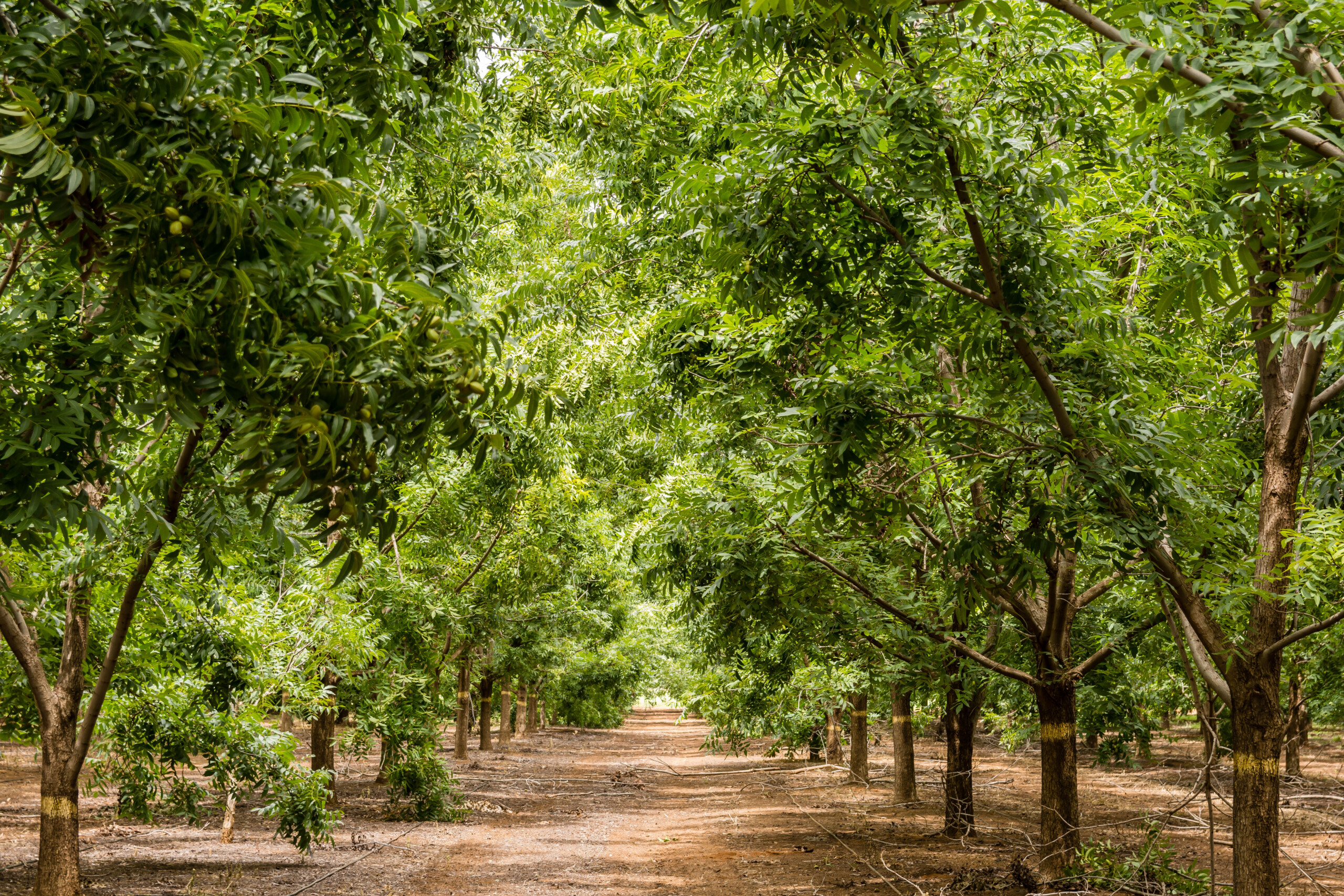
As pecan trees grow in an orchard, their tree canopies encroach upon one another, causing excessive shading, which can increase alternate bearing intensity and reduce tree health and orchard profitability. Historically, limb pruning and tree removal have been the most common methods of dealing with this problem, particularly in the low-light environment of the southeastern United States. Mechanical hedge pruning has been used successfully in high-light environments to mitigate the effects of orchard shading and has become the standard method used for this purpose in the arid production regions of the western United States. The southeastern United States is a relatively low-light environment, exhibiting significant cloud cover and atmospheric water vapor throughout the growing season, which can further limit sunlight in orchard systems. Mechanical hedge pruning offers a solution to this problem, which can also help minimize issues related to pecan scab, hurricanes/tropical storms, and alternate bearing.
Lenny Wells and Andrew Sawyer
|
-
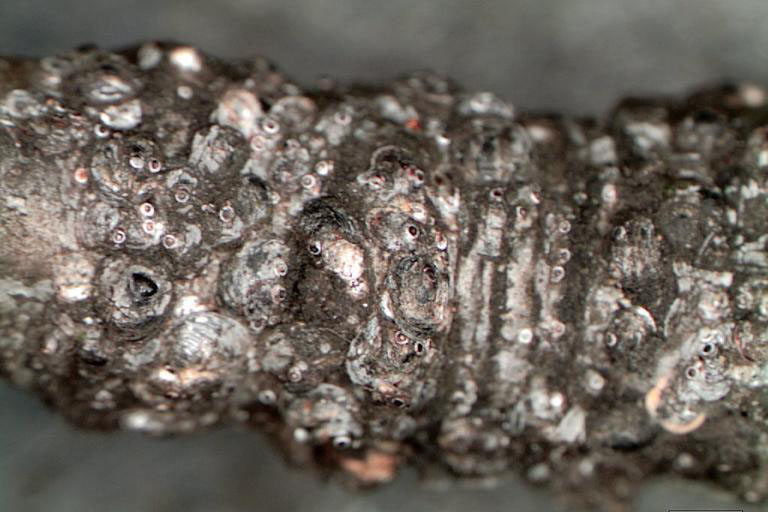
Gloomy scale (Melanaspis tenebricosa) is a serious insect pest that affects maple trees in urban Georgia. It can go undetected for years. Affected trees can show branch dieback and canopy thinning after 6–10 years, when the population reaches extremely high densities. A waxy shield covering protects females from predators and insecticide exposure, and usually gives them a convex shape.
The armored scale wax covering on the bodies of gloomy scale can be detached using a knife. This is different than soft scales, such as wax scales, which are glued to the females’ bodies. Gloomy scales do not produce honeydew, also unlike soft scales. Female gloomy scales have piercing and sucking mouthparts that look like tubes that are inserted into the parenchyma cells (cells that synthesize and store trees’ organic products) in the epidermal layer of tree bark. Male gloomy scales do not have mouthparts. The black and gray dust that deposits on tree bark makes scale detection even more challenging over time, as they camouflage to the color and texture of the bark. This is especially true for trees planted along right-of-ways and parking lots.William G. Hudson and Shimat V. Joseph
|
-
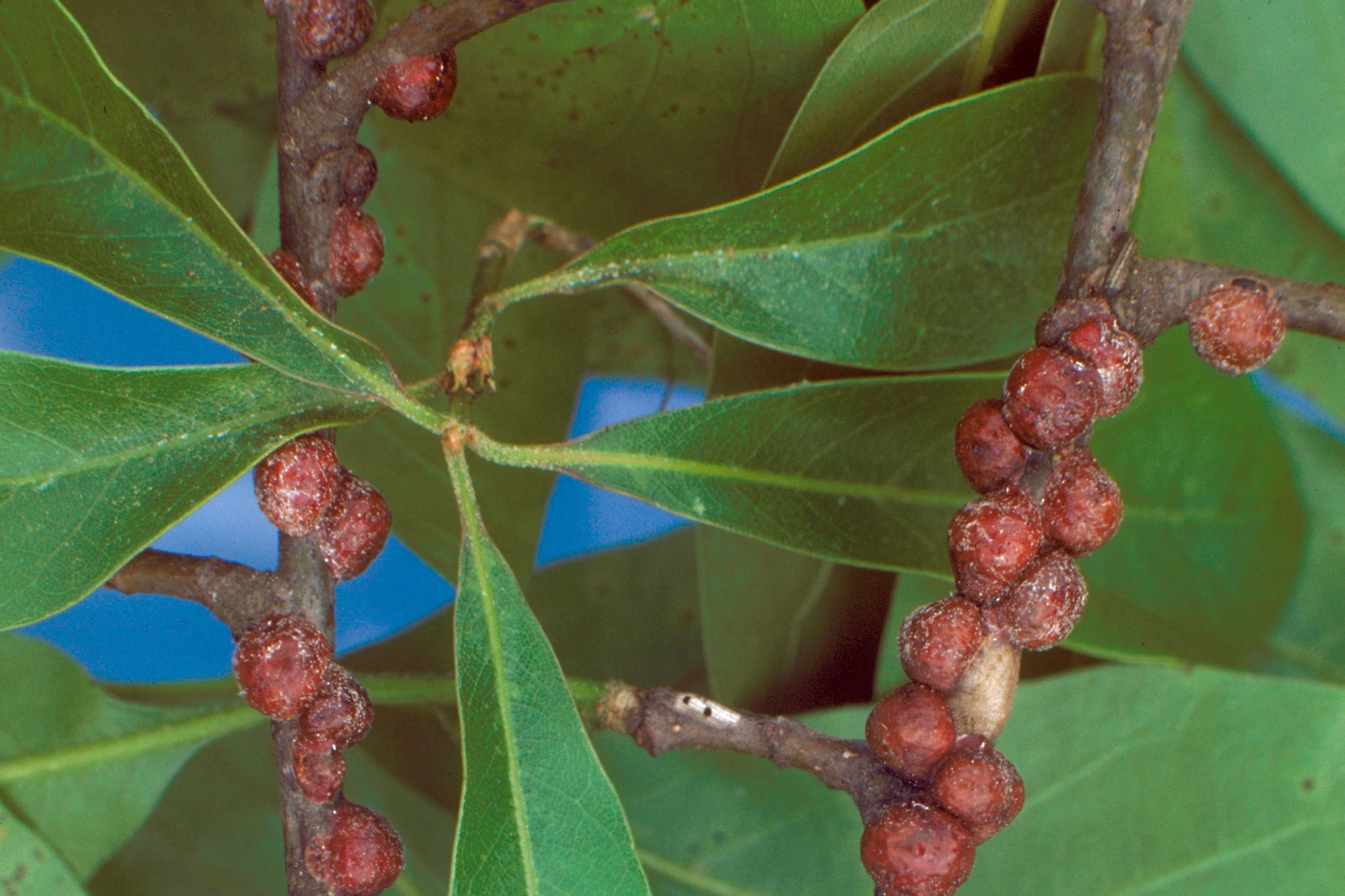
Oak lecanium, Parthenolecanium quercifex (Hemiptera: Coccidae), is a common soft scale insect pest of oak trees and other woody plants. They infest trees under high stress, such as those planted in parking lots, greenscapes, and other urban areas. Like other soft scale insects, oak lecanium scales feed on tree sap, and they excrete the excess sugars as honeydew. Sooty mold fungus grows on honeydew, and its black color blocks sunlight and interrupts photosynthesis. Although lecanium scales have little immediate impact on twigs and branches, extensive infestation and subsequent feeding damage may weaken or kill the tree over time. The problems with lecanium scale are worsened in urban landscapes where local temperatures are generally higher. Higher temperatures decrease the relative number of parasites that feed on scale insects, and the high densities of surviving females continue to produce viable eggs.
William G. Hudson and Shimat V. Joseph
|
-
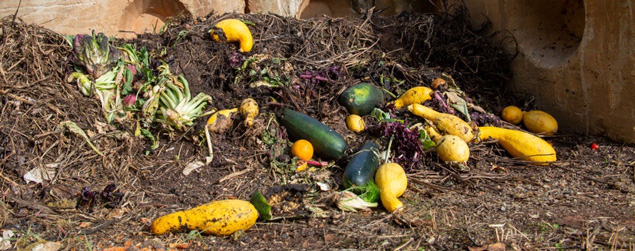
Whether from a local store, regional supplier, or another farmer down the road, understanding where your soil amendments come from and how they were handled prior to reaching your farm or garden is necessary to ensure you are sourcing the highest quality product with the lowest amount of risk.
Laurel Dunn and Ted McAvoy
|
-

This publication discusses how garlic, elephant garlic, and leek can be grown successfully in South Georgia.
Timothy Coolong
|
-
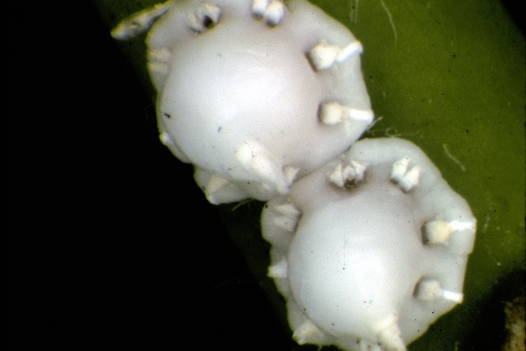
Scale insects are very common pests of landscape trees
and shrubs, yet they often are overlooked when scouting.
They can, however, be responsible for chlorosis (loss of
green coloration of plants due to lack of chlorophyll),
branch dieback, or death of the plant. Wax scales are
part of the soft scale group as they produce soft, cottony,
powdery, or waxy covers that cannot be separated from
the scale body. Indian wax scale (Ceroplastes ceriferus);
Figure 1) and Florida wax scale (Ceroplastes floridensis;
Figure 2) are the common wax scale species that occur in
Georgia. Indian wax scale is prevalent in the eastern U.S.
from Florida to Maryland. Florida wax scale is found from
Florida to New York and westward to New Mexico.William G. Hudson and Shimat V. Joseph
|